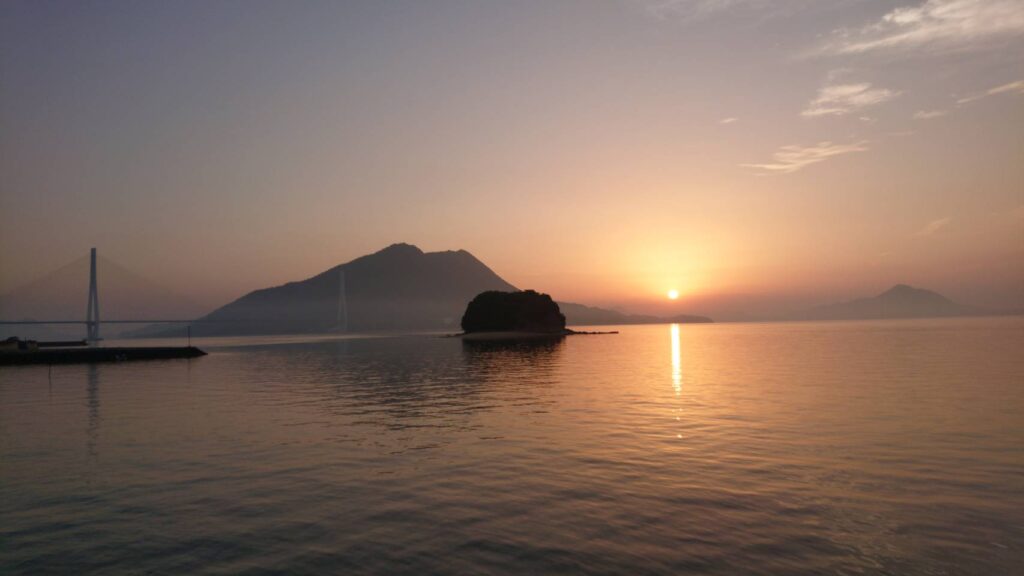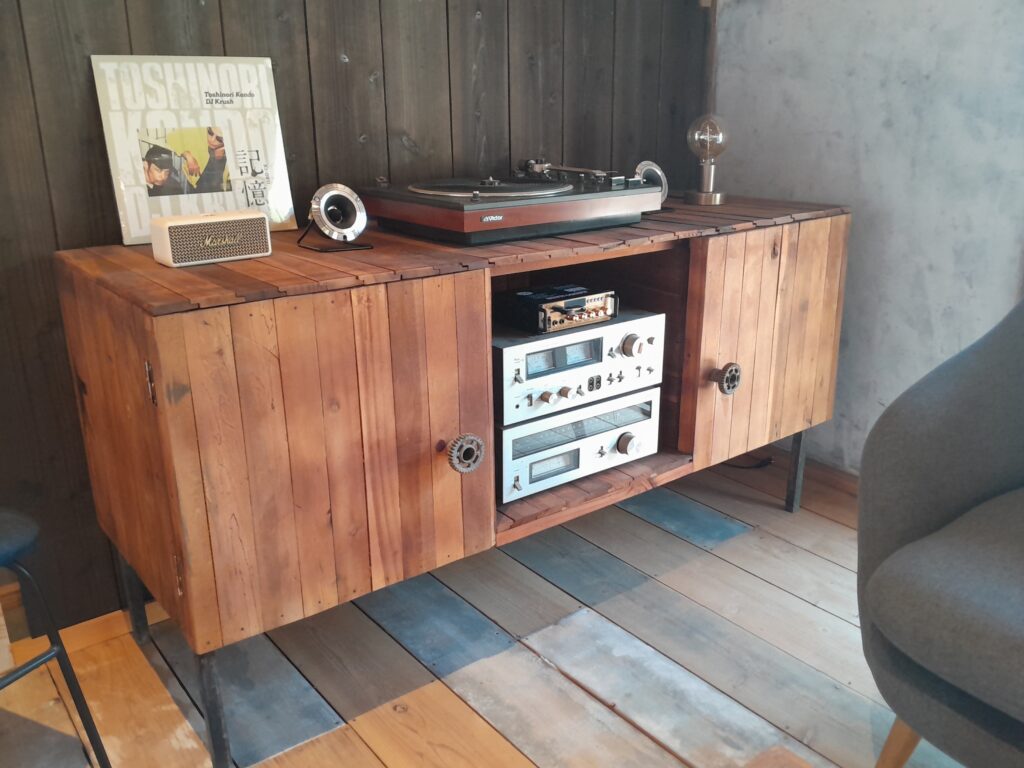Designing Between Movement and Stillness
Olivier Polmanss is not just a designer—he’s a storyteller of moments. Living between two vastly different worlds, his work reflects a quiet tension between chaos and calm, presence and impermanence, city pulse and natural silence.
We sat down with Olivier to explore how his surroundings, his rituals, and his philosophy shape the deeply poetic objects he creates—from animal-inspired furniture to meditative timepieces.

Between Saigon & Omishima
Q: Olivier, your life seems to flow between very different worlds. Can you talk about how Vietnam and Japan have shaped your creative vision?
Olivier: Definitely. I often say the real inspiration doesn’t come from a school or studio—it comes from everyday life.
Living between Saigon and Omishima is like constantly switching between two modes of perception. Saigon is energy incarnate—loud, humid, overflowing with motion and unpredictability. There’s a kind of chaos there that you can’t control, and you stop trying to. You just ride with it—literally, on a motorbike through the noise and smells and colors.
Japan—Omishima in particular—is a sanctuary. A small island with sea, mountains, old temples, and silence. There’s an elegance to it, a stillness. The contrast between the two feeds my work. One inspires movement, the other, pause. I think my objects try to capture that conversation.
“That blend—of sound, place, and motion—is the real DNA of what I create”


Music as atmosphere
Q: Music seems to play a similar role for you—can you tell me more about that?
Olivier: Music is essential. It’s not background—it’s atmosphere, it’s architecture. I don’t care for happy or sad music. I dislike anything that tells me too directly what to feel. I prefer the kind of music that reveals something… hard to name.
Artists like DJ Krush, Toshinori Kondo, Thievery Corporation, Hugo Kant—they don’t give answers. They create spaces. It’s music that moves like fog or dreams. It has tension, texture, and a kind of mysticism. I design better when I’m immersed in that sort of energy—where sound becomes landscape.
“…music that moves like fog or dreams — where sound becomes landscape“

A house out of time
Q: Your house on Omishima seems to embody a lot of these values—can you tell us about it?
Olivier: That house… it’s the heart of everything. Renovating it wasn’t just a project—it was a pilgrimage.
It’s not grand or luxurious. It’s humble. But it breathes. The light moves through it in a certain way. The old wood smells a certain way after the rain. Every beam, every view, reflects my philosophy of impermanence, slowness, and beauty through restraint. It’s not just a house—it’s a manifesto.
In my approach to space, I’m deeply inspired by the Japanese concept of Ma (間)—emptiness not as absence, but as presence. A fertile void. In architecture, this translates into moments of pause, silence, and restraint. My house in Omishima is an expression of this principle. It is not about filling space, but about letting it breathe. Letting light, wind, and time move freely through. Mu (無), invites the invisible to take part in the composition—it allows space to be inhabited not only by people, but by sensations.
I call it my temple because it holds silence. It holds memory. Even when I’m not there, I belong to it. It’s the only place where I feel completely in sync—out of time, out of the world.
“Every beam, every view, reflects my philosophy of impermanence, slowness, and beauty through restraint.”

Time as emotion
Q: That sense of time seems important to you—not just spiritually but even in how you design…
Olivier: That’s one of the core ideas behind KARMA watches. They’re about the tension between the moment and eternity. On one hand, nothing really matters—everything passes, everything dissolves. But that’s exactly why each instant matters so much.
These watches are my way of saying: shape the moment. Feel it. Be in it. Time isn’t just minutes ticking by—it’s a vessel for presence, for meaning. KARMA isn’t about controlling time; it’s about honoring it.
“Karma watches are not about controlling time.
It’s about honoring it.“


Capturing What Can’t Be Said
Q: So, ultimately, what are you trying to create through your design?
Olivier: In essence, I would say my work is a dialogue between movement and stillness. Creation, for me, is about capturing those fleeting feelings and giving them form.
I want to create moments. Not products, not furniture, not accessories—but moments. I want someone to sit in one of my chairs and feel like they’ve arrived somewhere meaningful. Or to wear a watch and be reminded of something inside themselves they’d forgotten.
I think that’s the point—to shape silence, evoke something you can’t quite say, and build objects that carry more than function. They carry mood. They carry story.
“My work is a dialogue between movement and stillness.”
